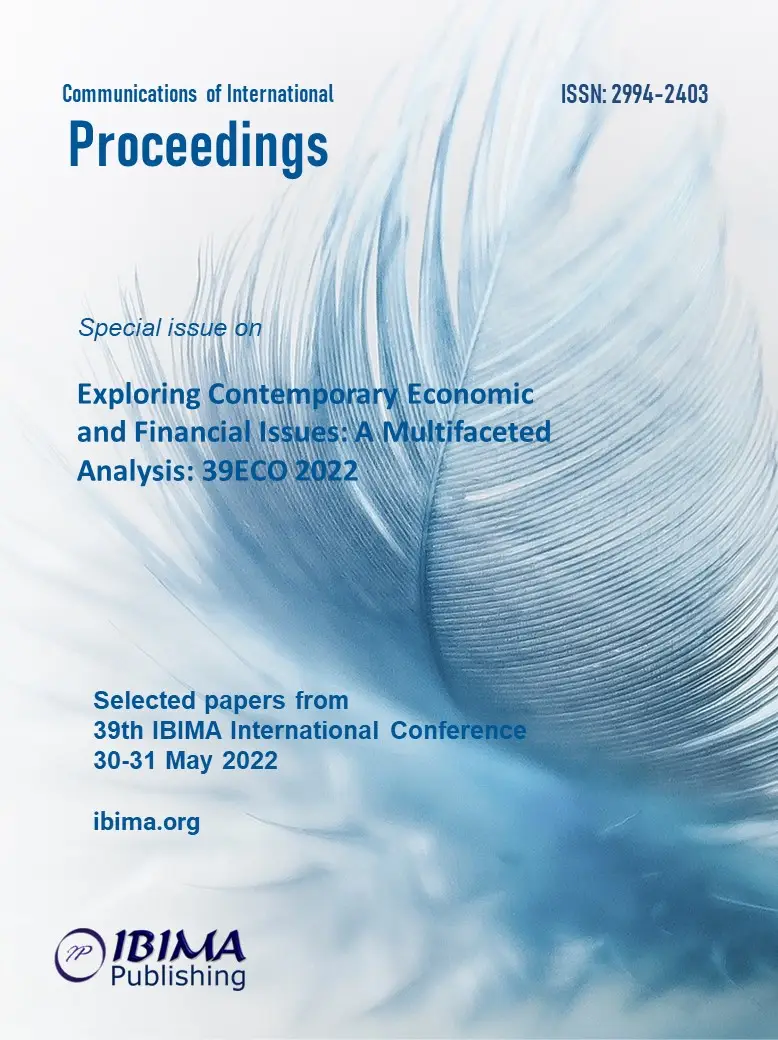
Agnieszka JUDKOWIAK and Beata ZALESKA
Koszalin University of Technology, Faculty of Economic Sciences, Department of Finance, Poland

The article presents changes in the remuneration calculation procedure introduced by the Polish Deal in 2022. The analysis of changes concerns the comparison of the structure of remuneration accrued in January 2021 and in January 2022 for employees of a selected enterprise. The level of gross wages and salaries of all employees of the examined economic entity in January 2021 and January 2022 was the same. After the analysis, it turned out that the changes are neutral for the employer in terms of the value of the gross remuneration cost. For employees of the examined enterprise, the changes concern the value of net remuneration and the value of income tax are neutral for the employee with the lowest gross remuneration value, favorable for employees with the average gross remuneration value and unfavorable for employees with the highest gross remuneration value. In January 2022, as compared to January 2021, the increase was related to the total income tax on the remuneration of employees of the audited entity. Income tax is charged and paid by the employer. This increase is beneficial for the state budget because it increases public revenues used for the implementation of public tasks. In the article, the values of remuneration are presented in the Polish currency – PLN (Polish zloty, abbreviated as PLN). The basis for the conversion PLN into EUR is the average PLN / EUR exchange rate which is the basis for converting the value of public procurement in Poland, which in 2022 amounts to PLN 4.4536 per EUR 1.